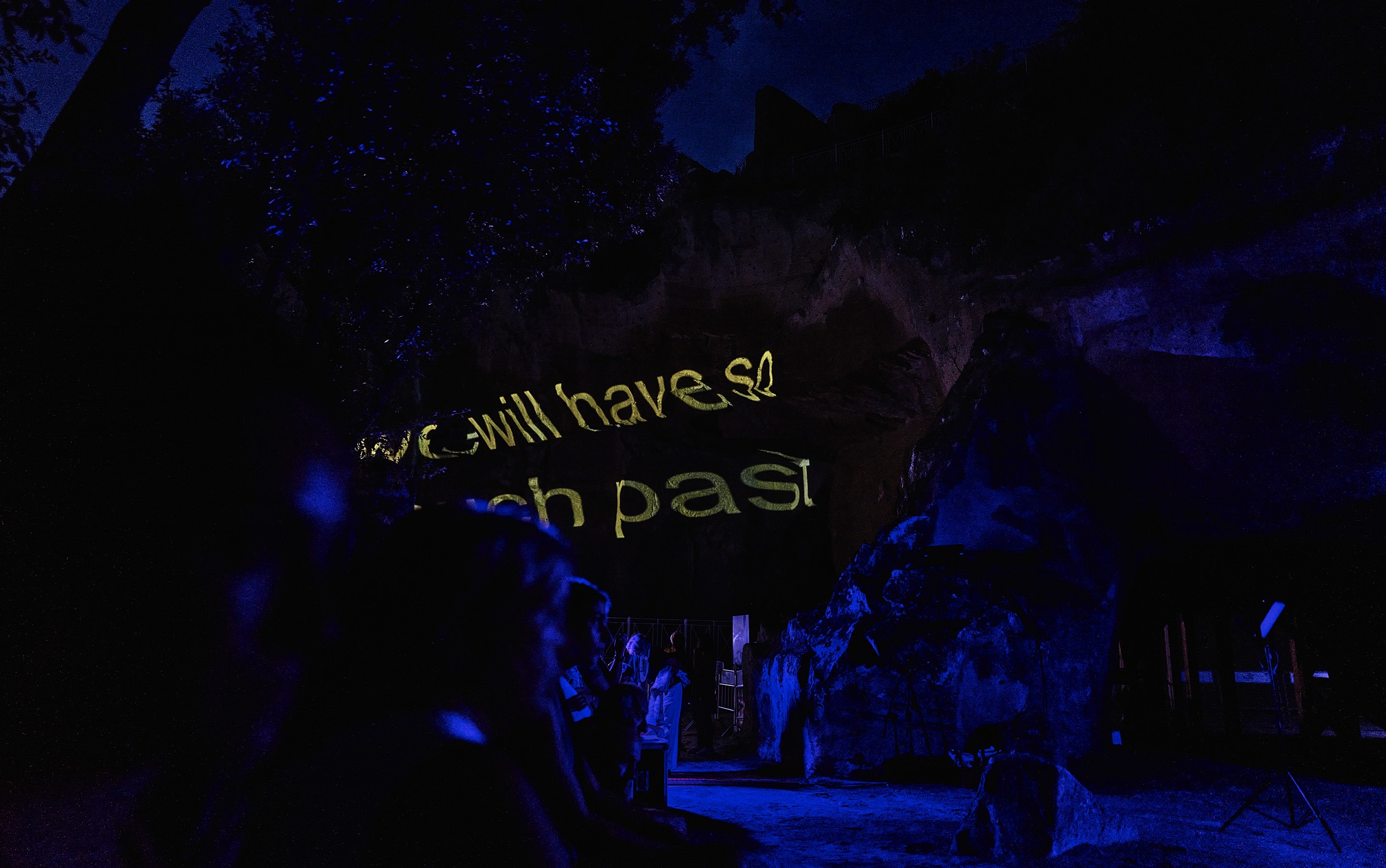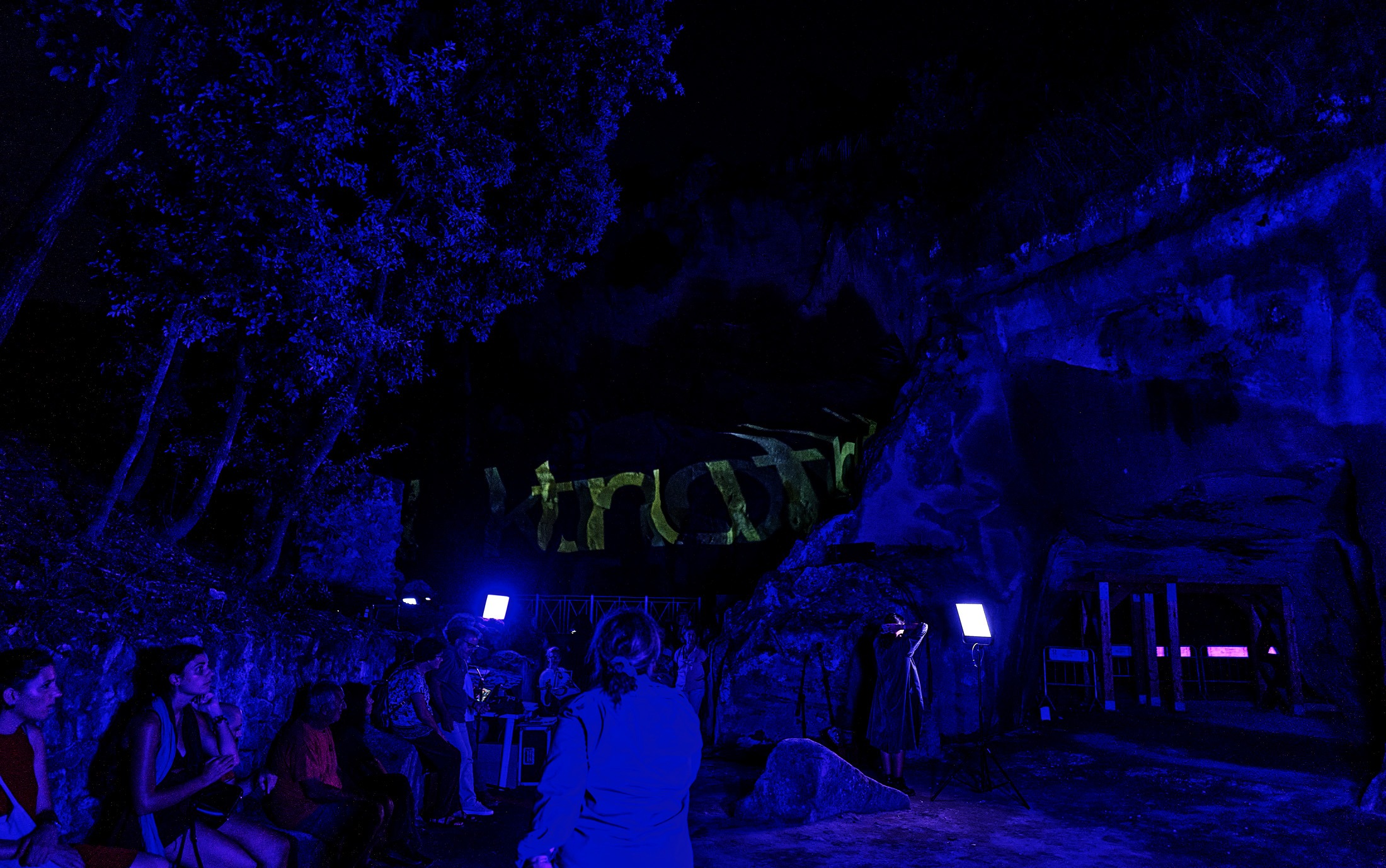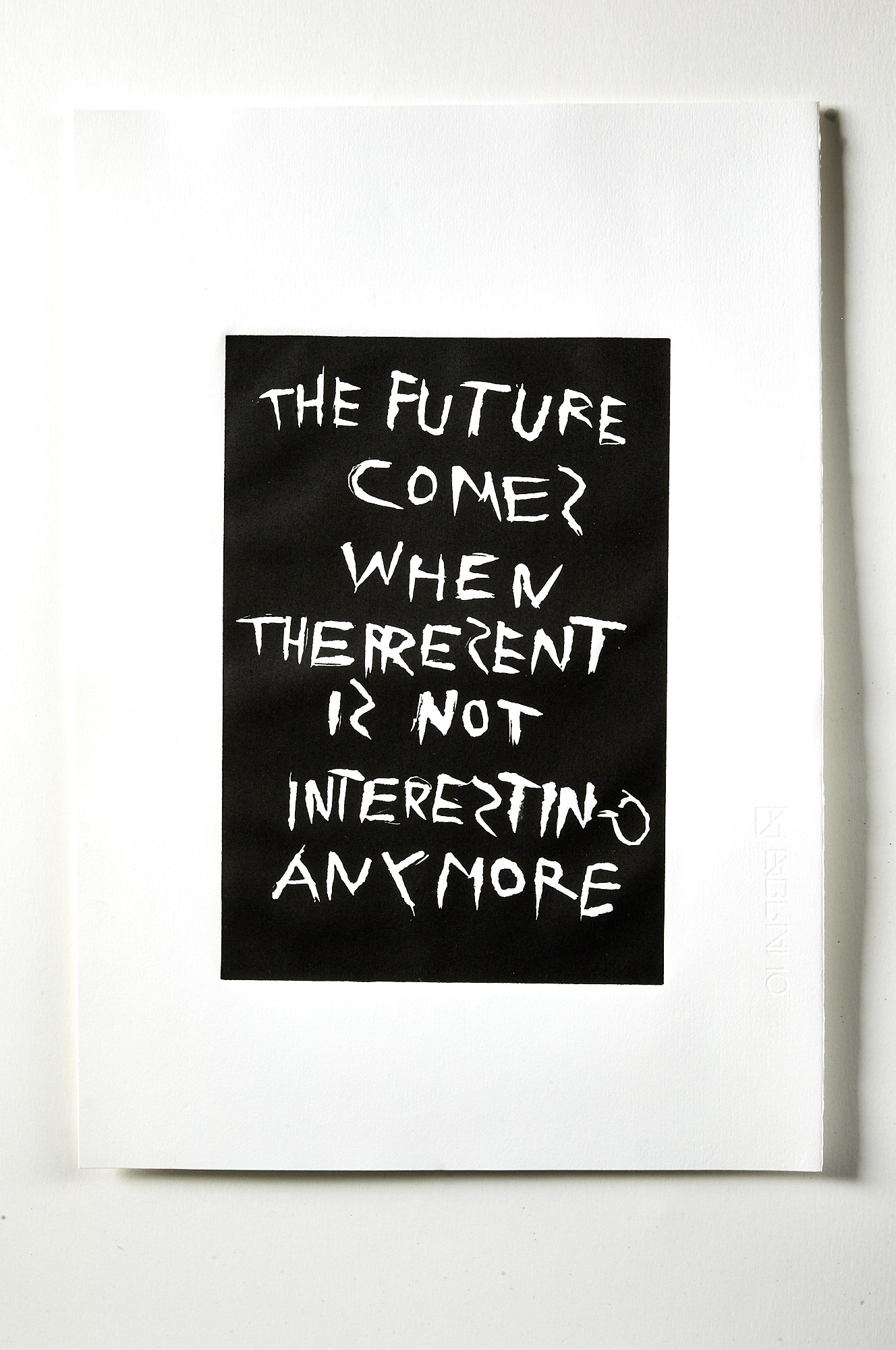Prophecies and pronouncements
Artist book: Prophecies and pronouncements.
A three-chapter text-based series in constant transformation
Prophecies and Pronouncements is an open, mutable series of short texts, responses, visual scores, and printed elements, exploring the shape of language as crisis, warning, and banality. The project is structured into three loosely defined chapters:
- Paranoid Anxiolytic Prophecies An unsettling collection of future-oriented messages—anxious —originally created for Submit! Why Artists Are Poor?.
- Out-of-Date Prophecies Corporate-style prophecies arriving too late to be useful, yet echoing truths we had longed for.
- Mundane, Non-Sibylline Pronouncements Clear, direct declarations on contemporary and emerging crises. Everyday visions stated with calm urgency.
These texts are designed to be screened, read aloud, installed in space, stamped on bodies, printed on paper or canvas, and continuously reshaped. They live both digitally and physically, merging writing with action.



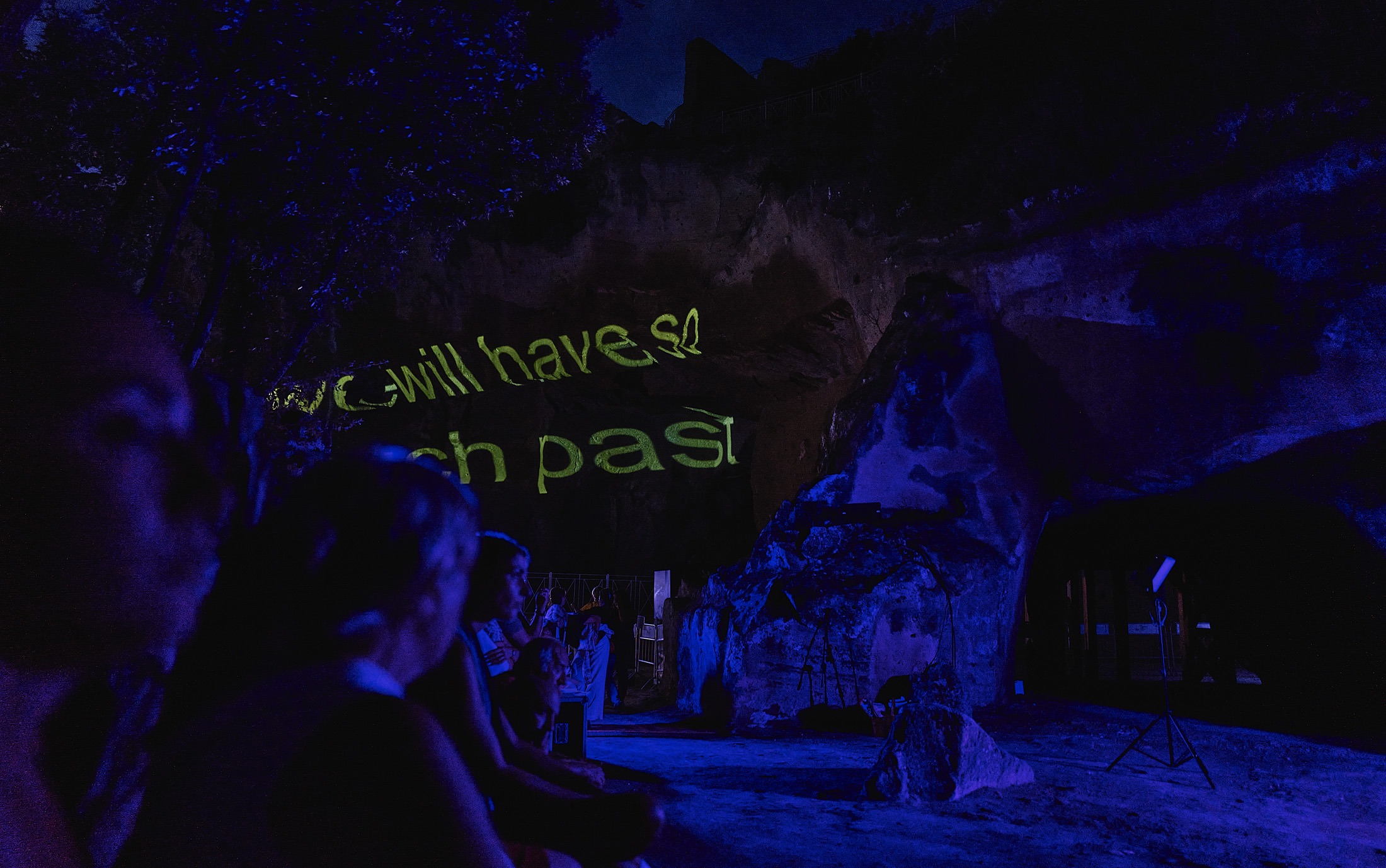


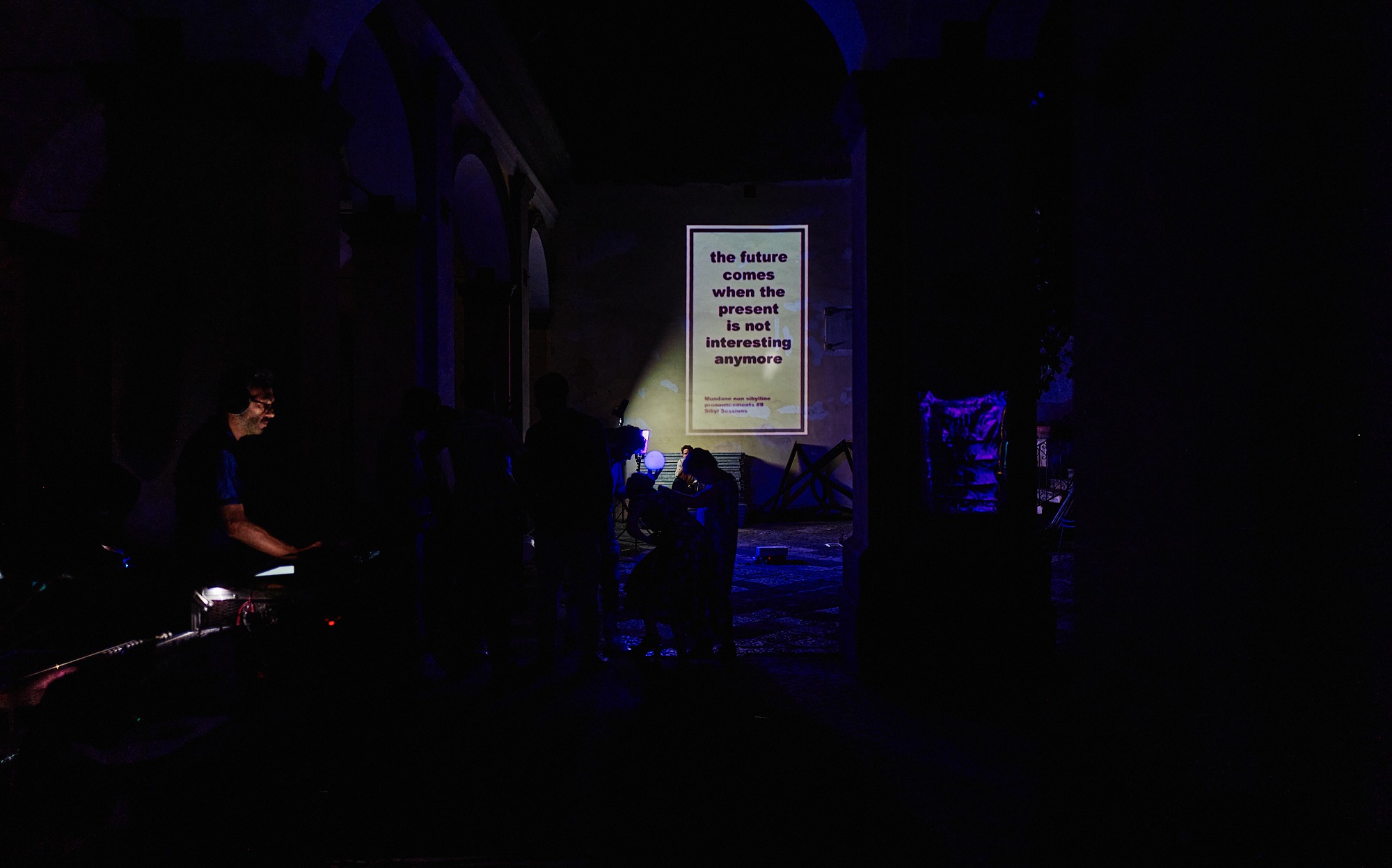

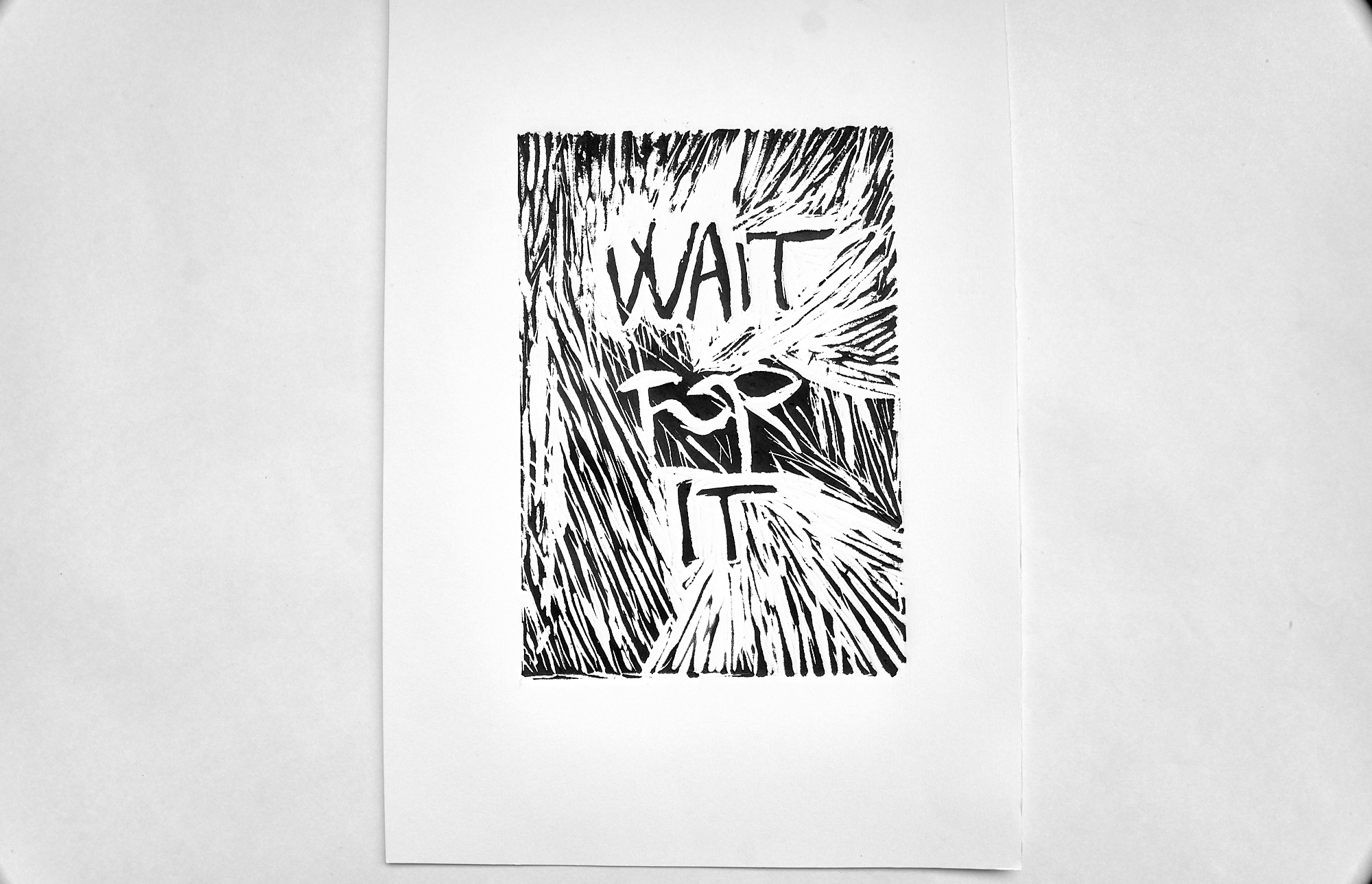
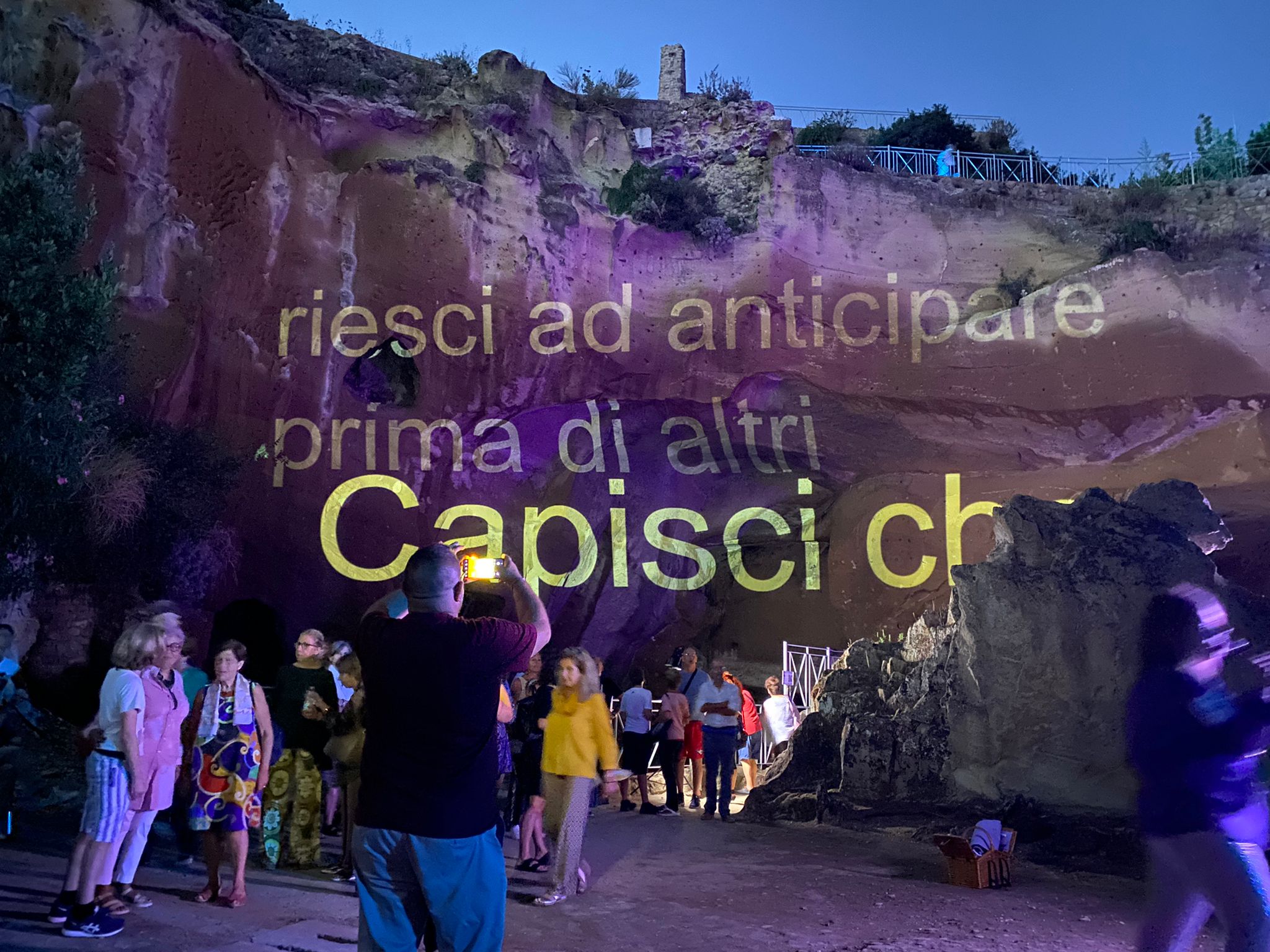
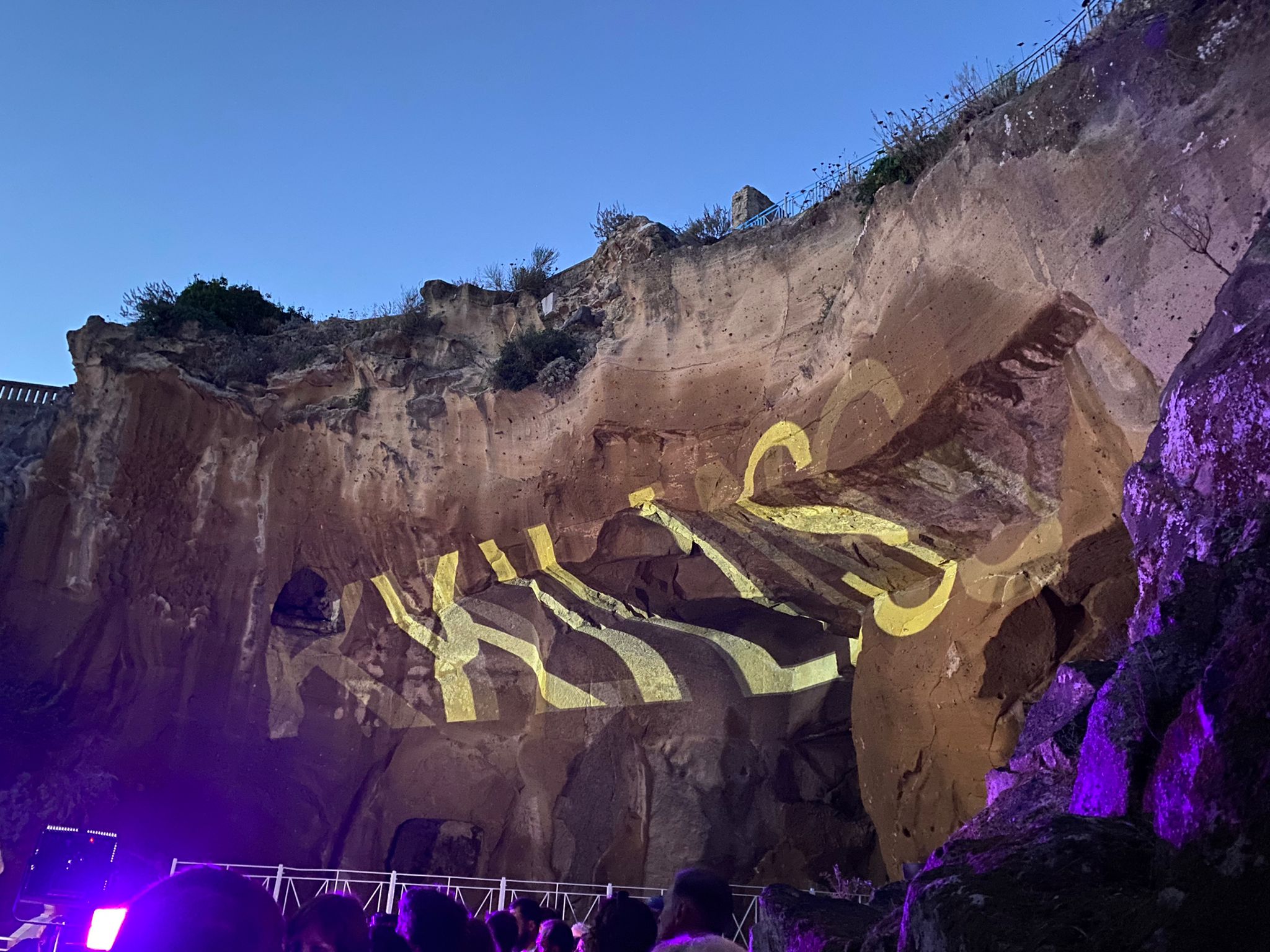
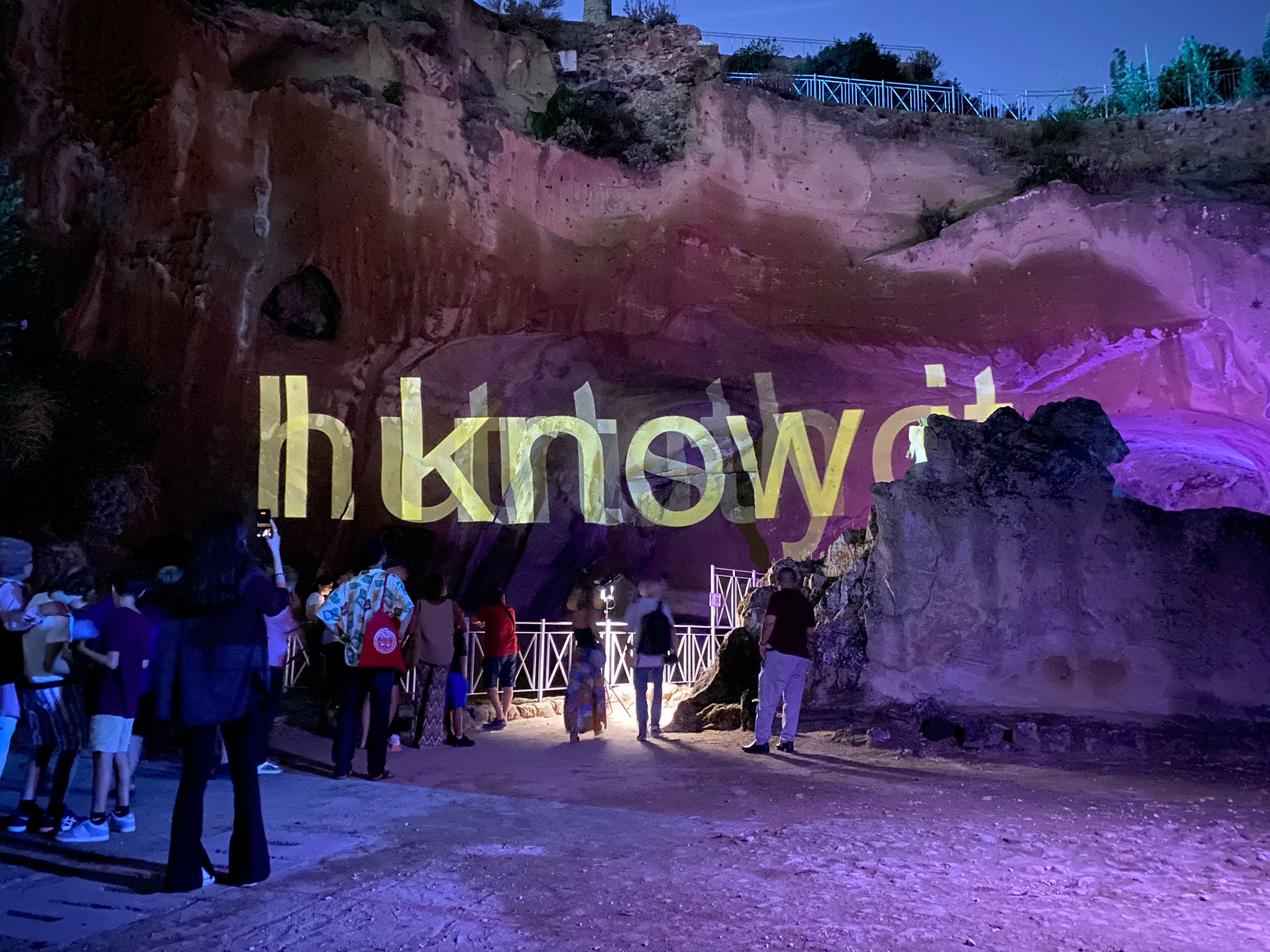
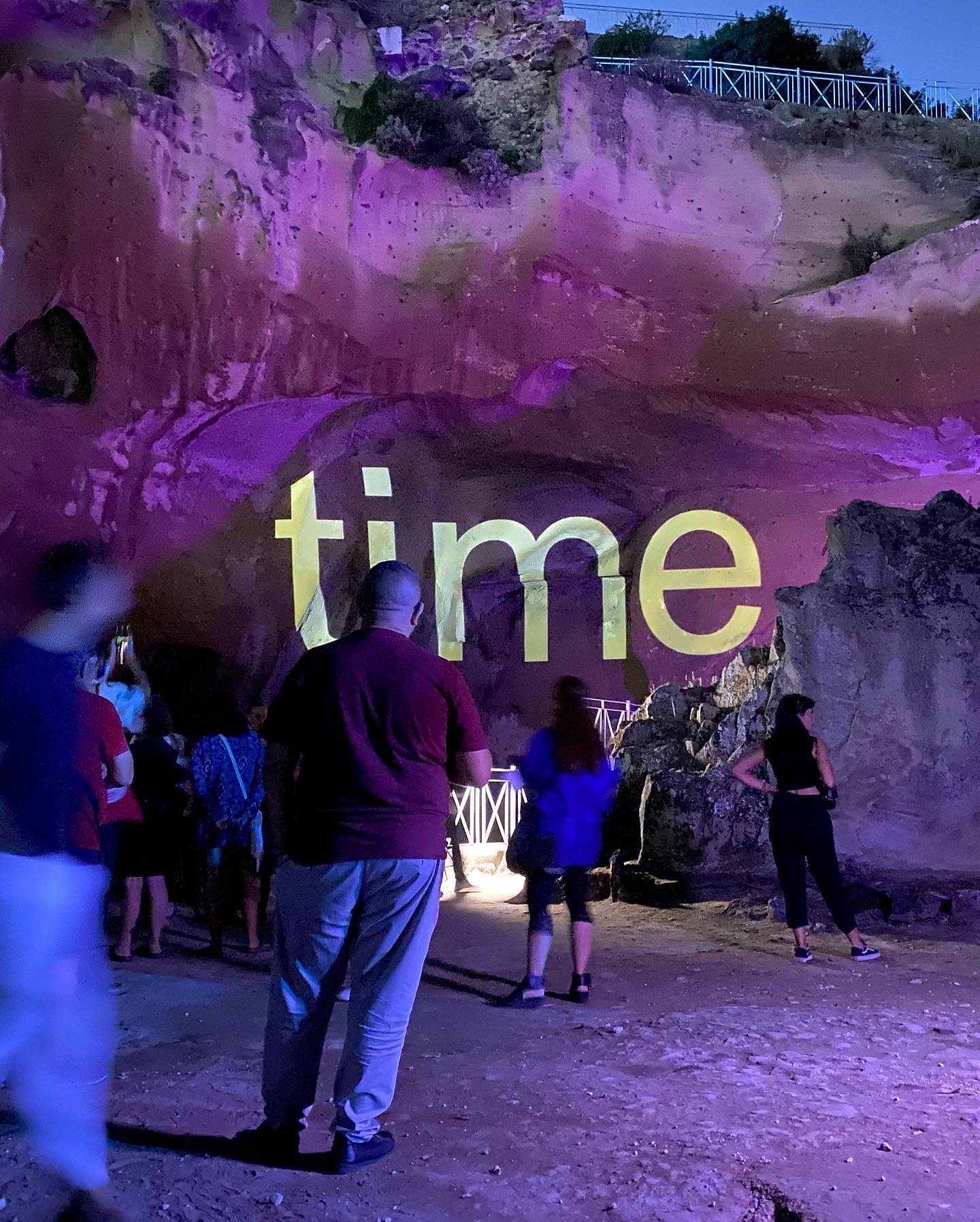
Julia Liedl telling prophecies
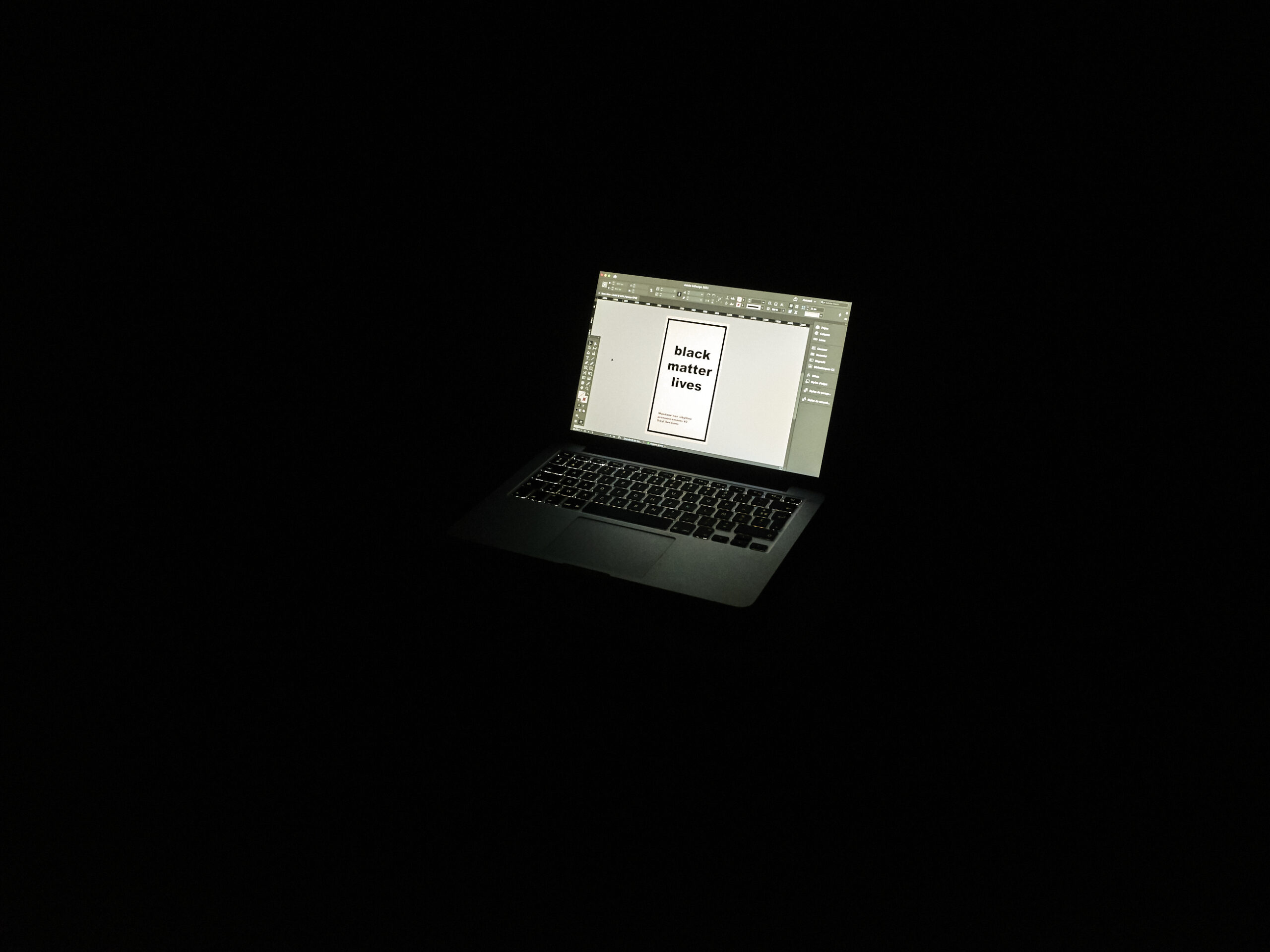 Courtesy of © Roberto Di Mola
Courtesy of © Roberto Di Mola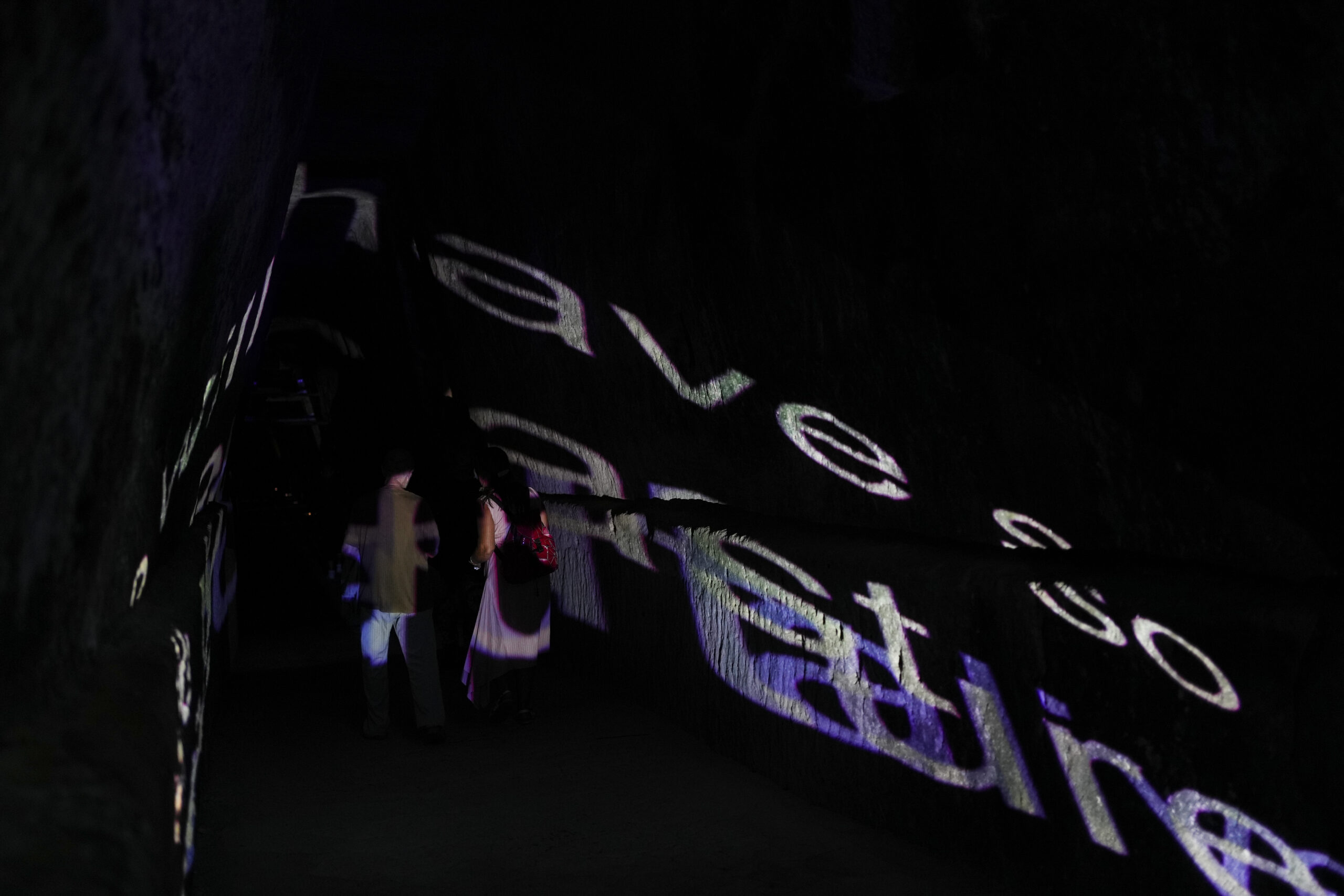 Courtesy of © Imma di Lillo
Courtesy of © Imma di LilloIn Collaboration: Sibyl Sessions
Prophecies and Pronouncements plays an integral role in Sibyl Sessions, the final part of a contemporary Greek mythology trilogy directed by Alessia Siniscalchi. The trilogy includes Medea’s Visions, Oreste Will Be Back, and culminates in Sibyl Sessions—a layered, multimedia reflection on time, femininity, and the failure of oracles.
This collaboration was born during a collective residency in a Paris theatre, where I began crafting prophecies and pronouncements as ephemeral Instagram Stories—each one a call, an omen, an invitation. These fragments evolved through a digital dialogue with German artist Julia Liedel, and later became embodied texts within the live performance.
In Sibyl Sessions, performers reactivate the prophecies using hand stamps on their bodies, turning language into gesture. The performance integrates film, photography, projections, and music by Phil St. George, while visual compositions unfold in real time, guided by Siniscalchi’s direction and Benjamin Sillon’s evocative lighting (including a projector-helmet that turns light into oracle-like vision).


